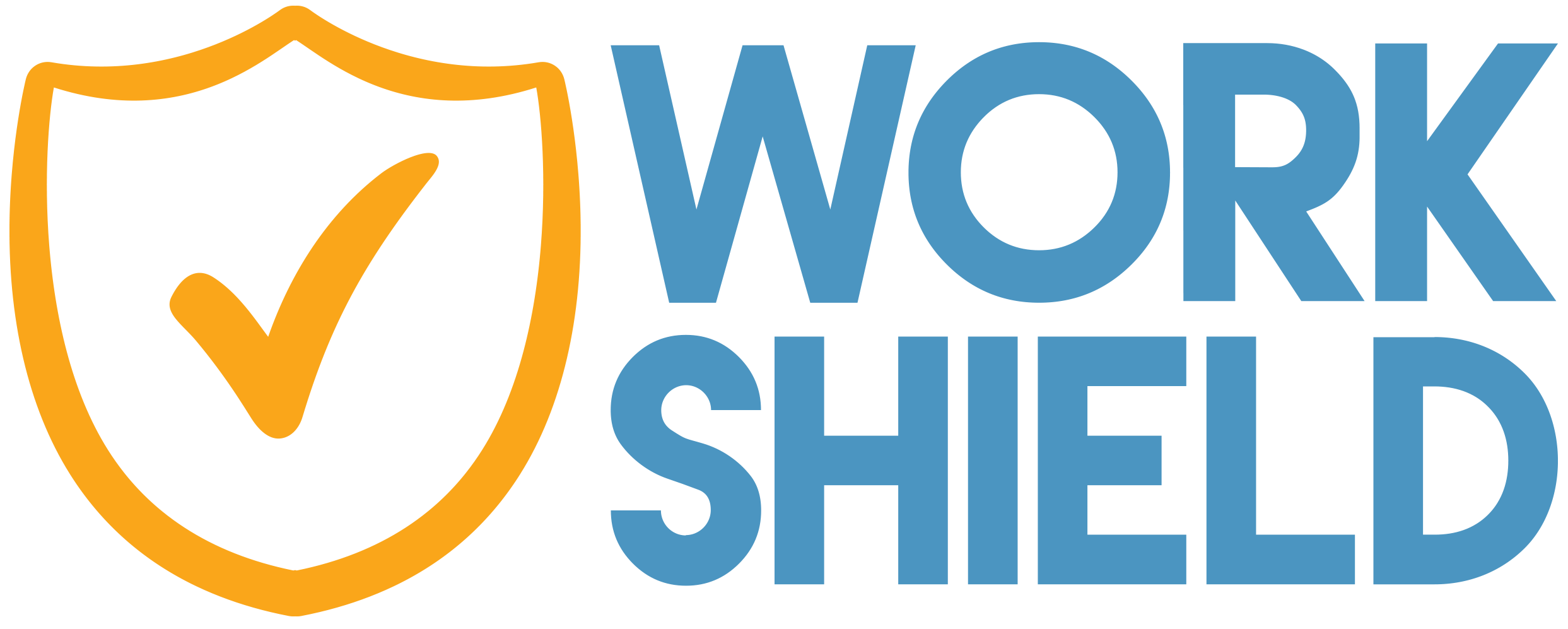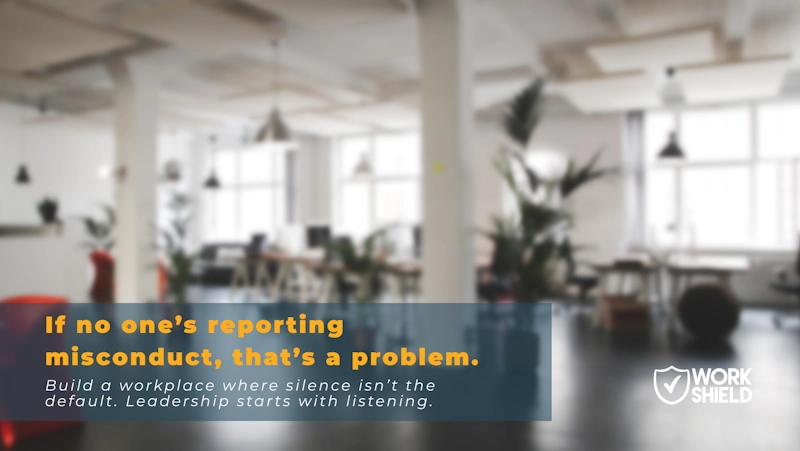In today’s evolving workplace landscape, relying on outdated or reactive measures to address potential risks is not just inefficient, it’s expensive. Proactive, data-driven risk management practices are now a business imperative. Organizations that harness real-time insights gain the visibility to identify, mitigate, and prevent the types of risk that quietly erode operational and financial performance. When leaders integrate a data-driven risk strategy into their operations, the result is measurable.
The Hidden Cost of Misconduct
Workplace misconduct is more than an HR concern. It is a direct business risk that impacts performance, profitability, and reputation. According to the U.S. Equal Employment Opportunity Commission, nearly $700 million was recovered in monetary relief for victims of employment discrimination, which is the agency’s highest figure to date.
That amount doesn’t account for less visible losses, including turnover, decreased productivity, or recruitment costs. When misconduct is overlooked or mismanaged, those hidden costs multiply fast. The question isn’t whether your organization has risk. The question is whether you are equipped to manage it before it becomes a headline or a lawsuit.
Why People Analytics Matter in Risk Management Strategy
People analytics offers a precision that traditional risk management approaches lack. When data is siloed or delayed, leadership loses the ability to respond effectively. In contrast, integrated analytics within a data-driven risk approach enables early intervention, targeted training, and more accurate resource allocation.
Case Study: How a Restaurant Group Cut Incident Costs by 81%
Facing recurring misconduct across multiple locations and an average of 2.5 EEOC claims annually, this national restaurant turned to Work Shield for a more streamlined approach to managing misconduct that would protect employees and mitigate costly risks. By adopting a centralized, data-driven approach to risk management and policy enforcement, the company gained increased visibility into patterns of misconduct.
Results:
- EEOC claims: decreased by 100%
- Settlement fees: decreased by 100%
- Total incident-related costs: decreased by 81%
Case Study: Automotive Company Eliminates EEOC Fees and Saves Over $400K
This employer within the automotive sector experienced over 100 reported incidents and paid more than $400,000 in attorney fees and settlements. Internal efforts failed to reduce risk. By engaging Work Shield’s end-to-end reporting, investigations, and analytics platform, the organization was able to identify the root causes and implement effective changes.
Results:
- EEOC claims and settlement fees: decreased by 100%
- Incidents reported annually: decreased by 59%.
- Incident-related costs: decreased by 84%
As the data shows, investing in the right risk management practices helps organizations protect their people, their profits and ROI. When incident trends are no longer buried in siloed systems or reactive HR workflows, leaders gain the visibility to move from mitigating risk to fostering resilience.
The Real Value of Data-Driven Risk Management
What makes data-driven risk management effective is not just tracking metrics, it is uncovering root causes, identifying blind spots, and enabling leaders to act before issues escalate.
When incident data is centralized, pattern recognition becomes a powerful tool. Leaders can spot workplace trends that were previously buried in email threads, spreadsheets, or delayed reports. That kind of intelligence is critical for refining policies, allocating training resources, and building stronger accountability across the organization.
These risk management practices don’t just protect legal and financial outcomes. They also protect employee trust, executive credibility, and investor confidence.
Better Risk Management Is Better Business
Risk will always exist. But with a modern risk management strategy, it becomes manageable. Organizations that use people analytics to drive smarter decisions consistently outperform those relying on reactive processes. They are able to mitigate risks faster, reduce liability, and adapt with confidence.
Work Shield empowers organizations with the tools to move beyond compliance and to make strategic decisions based on data, not guesswork.
Data-driven risk management is not just a best practice. It is a competitive advantage.
Questions Every Employer Should Be Asking
If your organization wants to reduce exposure and build a stronger risk posture, start with these questions:
- Do we rely on outdated, reactive processes to manage misconduct?
- Is our incident data centralized, accessible, and actionable?
- Can we identify trends and root causes before they escalate?
- Are our training, policies, and resources aligned with real-time risk insights?
- Do we know the true cost of misconduct within our organization?
- Have we quantified the ROI of our current risk management practices?
In a world where workplace risk is dynamic and public scrutiny is immediate, proactive leaders are building resilience through data, not reaction. The question isn’t whether risk exists. It’s whether your business is positioned to manage it intelligently.Want to see how your organization could reduce incident costs and legal exposure? Let’s talk!





